Cinnamon Essential Oil Benefits: Leaf vs. Bark – Which One to Choose?
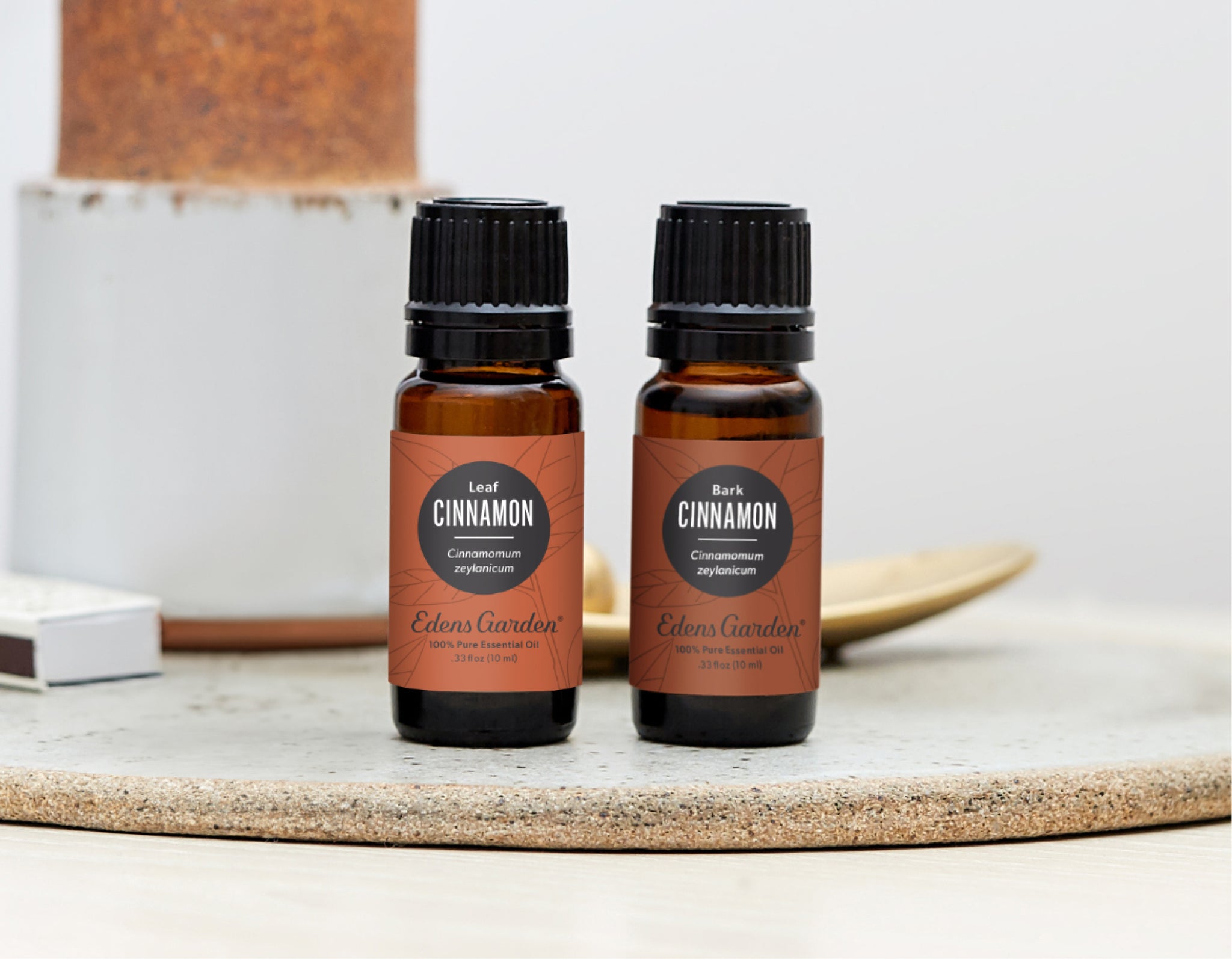
As the crisp days of fall approaches, it's time to bring out our coziest essential oils to warm up our homes—and one that never fails to capture the essence of the season is Cinnamon Essential Oil. With its rich, spicy aroma, Cinnamon oil effortlessly creates a cozy autumnal atmosphere.
Whether you're diffusing it or blending it into your favorite DIY recipes, Cinnamon oil is a must-have for the season. But did you know there are two types of Cinnamon essential oil to choose from—Cinnamon Leaf and Cinnamon Bark? Understanding the differences between these two can help you get the most out of your aromatherapy experience.
In this guide, we'll dive into the key Cinnamon essential oil benefits of each variety and settle the debate: Cinnamon Leaf vs. Cinnamon Bark—which one is best for you? Whether you're looking for a gentle, herbal note or a bold, spicy kick, we'll break down the unique properties and uses of both oils to help you make an informed decision. Read on to discover which type of Cinnamon oil will best suit your needs this fall!
What Is Cinnamon Essential Oil?
At Edens Garden, we offer both Ceylon Cinnamon Bark oil and Ceylon Cinnamon Leaf oil, both derived from the Cinnamomum zeylanicum tree in Sri Lanka, formerly known as Ceylon. These oils are often referred to as ‘true cinnamon,’ a distinction that sets them apart from Cassia, which is sometimes mistakenly labeled as Cinnamon.
True Ceylon Cinnamon is highly valued in the aromatherapy world, not only for its superior quality but also for its rich heritage, with many of the skilled workers who harvest it having honed their craft for generations.
So, why is cinnamon essential oil so expensive? The labor-intensive process of producing Cinnamon Bark oil is a major factor. Cinnamon trees can only be harvested after four years of growth, at which point workers carefully strip away the outer bark to access the valuable inner layers. These thin bark layers are dried in the sun until they naturally curl into cinnamon sticks, which are later steam distilled to produce Cinnamon Bark essential oil.[1]
This meticulous process results in an oil that is pricier than Cinnamon Leaf oil, which is easier to produce since it comes from the leaves of the tree. But the expense is well worth it for the warm, sweet, and spicy aroma that answers the common question: Does Cinnamon essential oil smell good? Absolutely! It’s a beloved favorite for creating cozy, inviting environments perfect for any season.
What’s The Difference Between Cinnamon Oils?
When it comes to choosing between Cinnamon oils, it's important to understand the differences between Cinnamon Leaf and Cinnamon Bark essential oils, as well as how they compare to Cassia, a close relative of Cinnamon. While their aromas are similar, each oil offers unique properties that set them apart, making them suitable for different uses in aromatherapy, especially during the season of fall essential oils.
So, is Cinnamon essential oil the same as Cinnamon Bark essential oil? Not exactly—let’s dive deeper into their differences and similarities.
Cinnamon Bark essential oil is derived from the inner bark of the cinnamon tree, giving it a strong, warm, and spicy aroma with a sweet undertone. This makes it highly popular for creating cozy, inviting environments, especially in fall and winter. It is considered the more potent and robust oil of the two, and because of the labor-intensive harvesting process, it tends to be more expensive.
Cinnamon Leaf essential oil comes from the leaves of the same tree and has a lighter, more herbal aroma with a slightly musky note. While both are ideal for fall essential oil blends, Cinnamon Leaf is often preferred for diffusing or topical use when a gentler, less intense aroma is desired.
Meanwhile, Cassia shares many aromatic qualities with Cinnamon Bark but has a slightly sweeter and more delicate scent, making it a cost-effective alternative in some blends. Understanding these distinctions will help you choose the best Cinnamon oil for your needs.
Benefits & Uses
- A 2015 research study found that both Cinnamon Leaf and Cinnamon Bark were rich in antimicrobial and anti-inflammatory properties.[2]
- Cinnamon Leaf has a higher eugenol content–a known antiseptic and anesthetic phenylpropene–making it ideal for aches and pains.[3]
- Cinnamon and Cassia are all known to soothe away the weight of sorrow by lifting the mood and prompting cheer.
- In Cinnamon Bark, the higher levels of cinnamaldehyde increase its antimicrobial and antiviral properties. Its healing properties are powerful against harmful microbes. Cinnamon Bark is also a great insecticide and fungicide for plants.
Safety
While Cinnamon and Cassia are largely beneficial to users, they each come with a few safety precautions. Due to their potency, these oils are not recommended to be used on or around young children. Of the three, Cinnamon Leaf can be used when pregnant and nursing, but Cinnamon Bark and Cassia are not recommended for use. Lastly, each oil has a recommended maximum dilution rate which can be found below–
- Cinnamon Leaf: .6% = approximately 14 drops in 4 oz of carrier oil
- Cinnamon Bark: .07% = approximately 1-2 drops in 4 oz of carrier oil=
- Cassia: .05% = approximately 1 drop in 4 oz of carrier oil
What Is Cinnamon Essential Oil Used For?
Cinnamon Essential Oil adds a spicy, irresistible warmth to almost any essential oil blend, making it a go-to for enhancing the aromatic experience. It's especially powerful when paired with other spices like Star Anise, Allspice, Nutmeg, and Clove, or with citrus oils like Blood Orange, Mandarin, and Sweet Orange. If you're looking for the best Cinnamon essential oil to complement your aromatherapy blends, understanding how Cinnamon Leaf and Cinnamon Bark oils differ is key.
Here are a few favorite uses for Cinnamon oil, along with the perfect oils to blend it with for aromatherapy.
Aphrodisiac
Cinnamon oil doesn’t just spice up your diffuser; it can also add warmth to your love life thanks to its aphrodisiac properties. A blend of Cardamom, Cinnamon Bark, and Jasmine creates a sensual synergy, as seen in our XOXO blend, designed to stir up passion and positivity. If you're seeking Cinnamon oil for aromatherapy that sets the mood, Cinnamon Bark is an excellent choice for creating an enticing atmosphere.
Mood-Boosting
The cozy, uplifting aroma of Cinnamon can work wonders for boosting your mood. When you're in need of a pick-me-up, blend Cinnamon with bright citrus oils like Sweet Orange. You can also enjoy the mood-lifting effects in blends like Bliss and Sunshine Spice, where Cinnamon and Sweet Orange create an uplifting and energizing combination perfect for brightening your day.
Wellness
Although Cinnamon oil is often associated with fall, its benefits extend year-round, especially for wellness support. Both Cinnamon Leaf and Bark are found in blends like Guardian and Fighting Five, which are designed to promote immunity and overall well-being. Whether you're looking for seasonal wellness or everyday health support, Cinnamon oil for aromatherapy can be a versatile addition to your routine.
This or That?
Life is full of choices—whether it’s deciding what to eat, who to spend time with, or which Cinnamon essential oil to pick. While we can’t make all your decisions for you, we can help guide you toward the best Cinnamon oil for your needs. Whether you’re drawn to the warm, robust spice of Cinnamon Bark or prefer the lighter, herbal notes of Cinnamon Leaf, both varieties offer unique benefits and can be used in a variety of ways. From cozy diffusions to natural remedies for fall, choosing the right oil can enhance your aromatherapy experience.
To make your decision easier, we created our This or That series—an in-depth look at essential oil varieties to help you make informed, effortless choices. Learn more about how different oils like Orange, Frankincense, Lavender, and others compare and find the best options for your Cinnamon oil uses and seasonal blends by exploring the rest of our blog. Whether you’re looking to add warmth to your home or boost your wellness routine, we’ve got you covered!
SOURCES:
- Why Ceylon Cinnamon Is So Expensive | So Expensive. https://www.youtube.com/watch?v=mn6650M3M-U
- Antibacterial Effects of Cinnamon: From Farm to Food, Cosmetic and Pharmaceutical Industries. https://www.ncbi.nlm.nih.gov/pmc/articles/PMC4586554/
- Eugenol (Clove Oil). https://www.ncbi.nlm.nih.gov/books/NBK551727/
Grab The Essentials Here:
Leave a comment (Comments will be approved before showing up)
8 comments
Elizabeth Willingham
I’d like a link to that 2015 study you mention. Could you forward that to my email? Thank you.
Edens Garden
Hi Courtney! You can read our full stance on ingestion here: https://www.edensgarden.com/blogs/news/is-it-safe-to-ingest-essential-oils-1
Courtney Carter
can i ingest this cinnamon leaf oil? at small amounts in a drink? or a tea?
Connie
Hi, I was at a potluck where someone had said she used cinnamon essential oil in their delicious fruit salad. Which “cinnamon” EO would that be (the bark, leaf, or cassia)?
Edens Garden
Hi Janice! If you’re looking to use Cinnamon purely for aroma, Cinnamon Leaf is the most mild and might be suitable for you. Ocotea has an even milder, yet still very pleasant cinnamon-like aroma which you may also like.
Janice Eldridge
I get migraines when I’m around whatever cinnamon is used in spiced tea, pine cones, potpourri, etc. However, baking cinnamon does not bother me. Would it be best to buy the cinnamon bark oil?
Sandy
oh my, thank you! Can’t believe just yesterday, put on my To Do list for the week “Find the diff between Cinnamons.” You’re right, it’s that time of the year! Just have to study and absorb it now. TY!
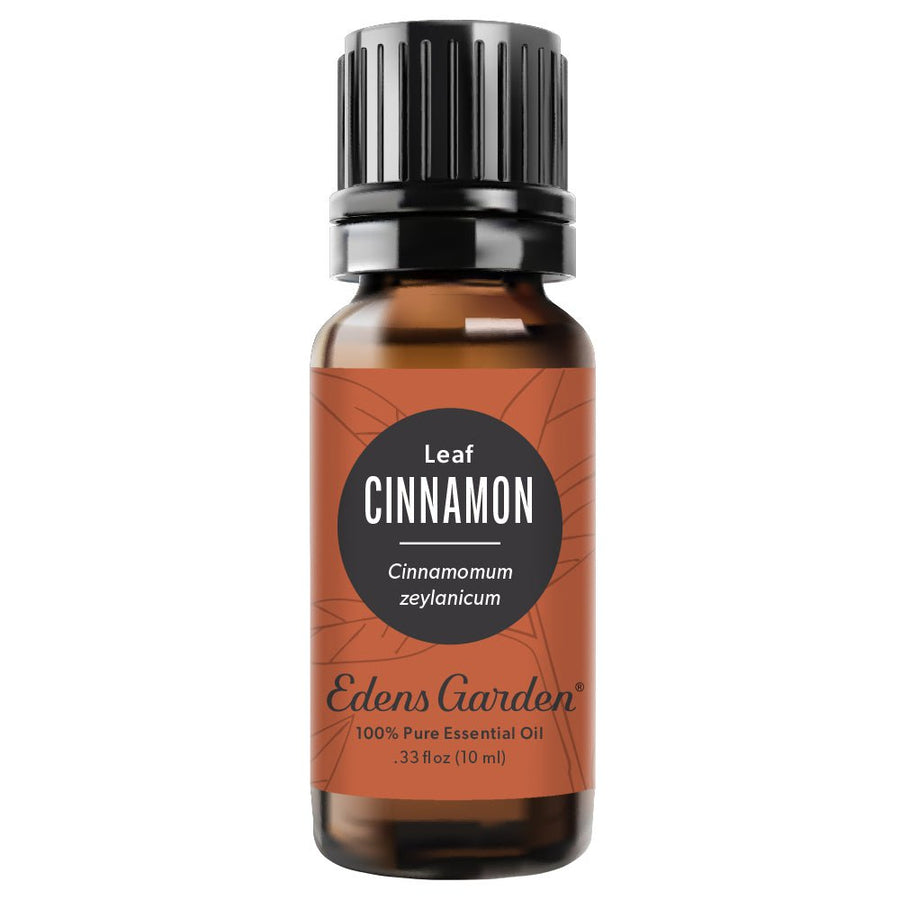
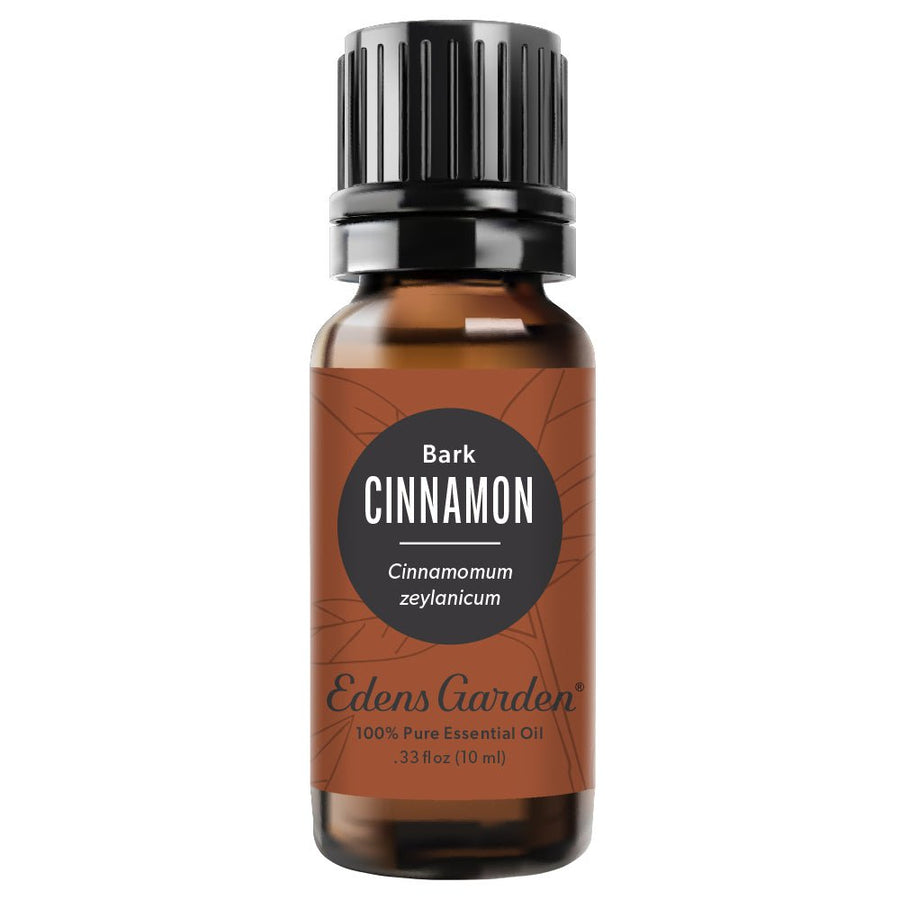
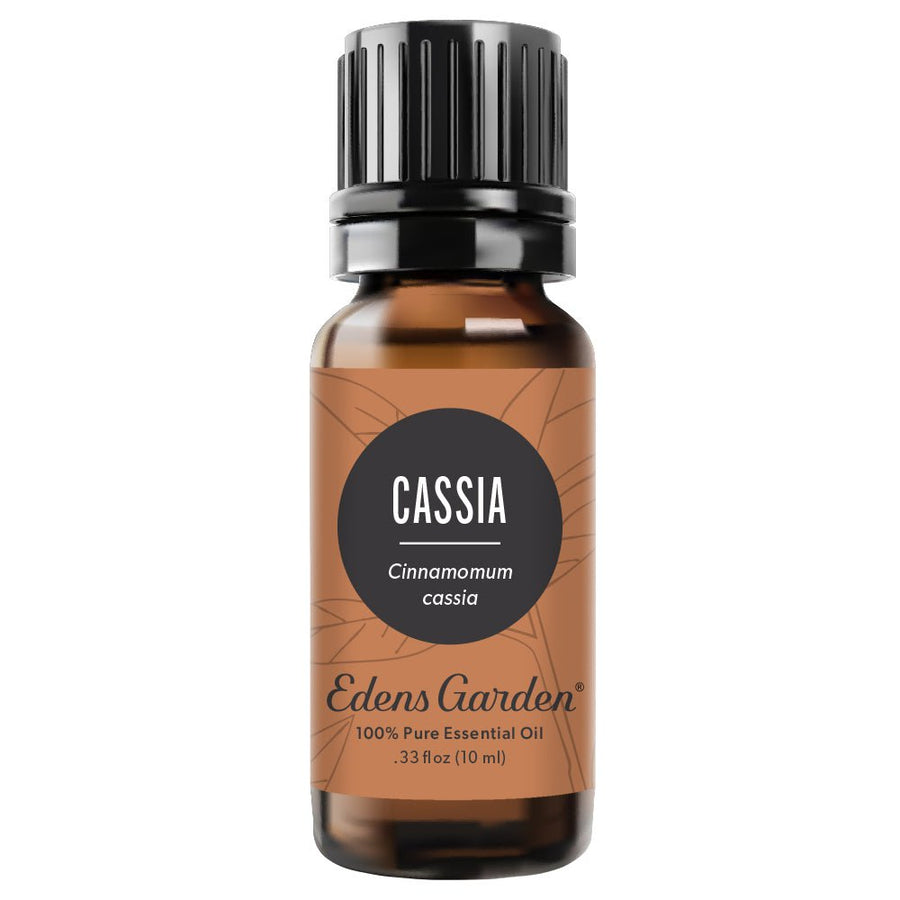

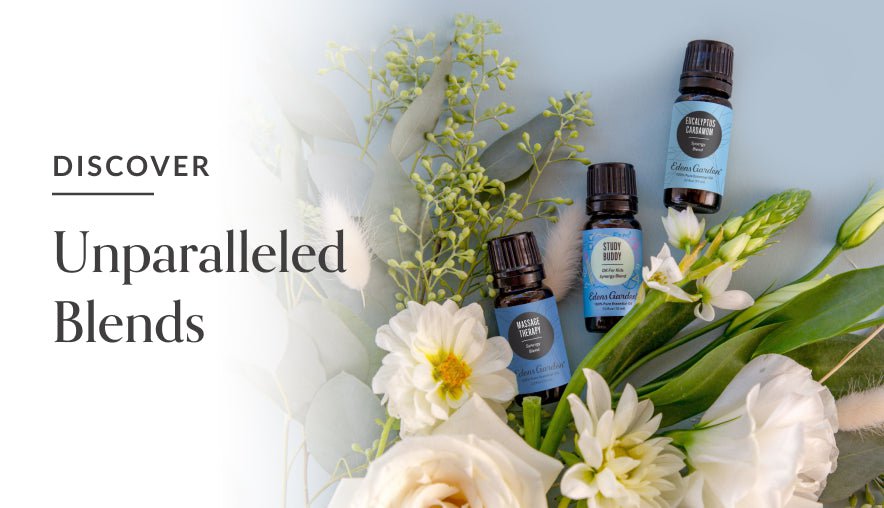

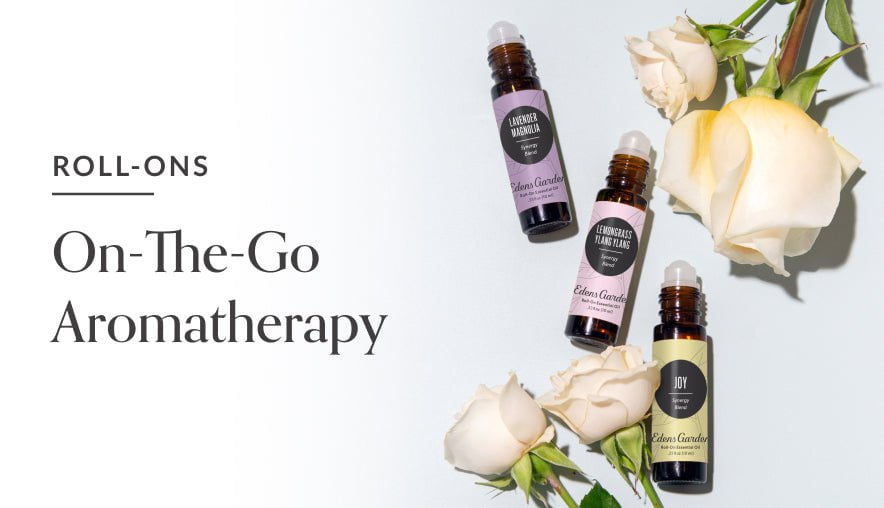
Edens Garden
January 7, 2022 at 12:14 pm
Hi Elizabeth! Here is the requested article: https://www.ncbi.nlm.nih.gov/pmc/articles/PMC4466762/